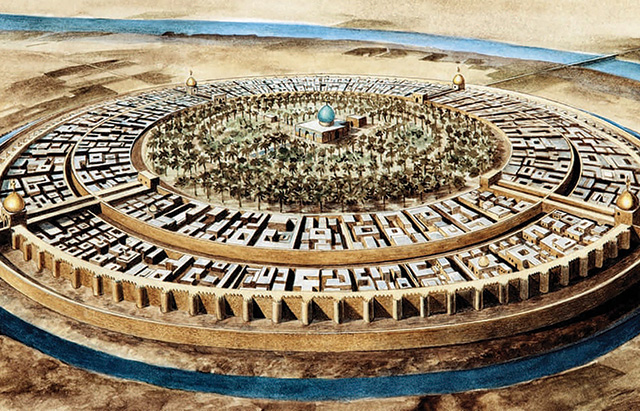In pursuit of shared histories: uncovering Islamic history in the secondary classroom
Teaching History article

Uncovering Islamic history in the secondary classroom
In 2005, in a Teaching History article entitled, ‘A need to know’, Nicolas Kinloch built an argument for teaching the history of Islamic civilisations to all pupils. Afia Chaudhry returns to this theme, reflecting deeply on the needs of her own students – Muslim and non-Muslim alike – within a diverse south London community. As she clearly demonstrates, the need to know – and to build shared knowledge and understandings – remains as pressing as ever. Her article first explains the deep-rooted concerns that prompted her to create a new scheme of work on Islamic civilisations, before outlining the sources from which she took inspiration and presenting a short, informal evaluation of the scheme’s impact.
Although many history teachers have been adapting their curricula in response to the ever-increasing diversity of modern Britain and in response to the ever-expanding historical scholarship that serves to contextualise that diversity, British pupils still face risks. Some young people may still be found regurgitating damaging stereotypes and myths about Britain’s past. Others (including many Muslim pupils) find themselves unable to reconcile such myths – apparently settled histories that may have been endorsed by school history lessons – with their own lived experiences or with family and community histories. My moment of epiphany concerning this problem arrived when a Muslim pupil in a top-attaining Year 8 set asked me, ‘So when people say Malcom X had violent resistance strategies, was that because he was a Muslim?’ To which another pupil replied, ‘Yeah, ISIS!’ It was then that I knew I had much work to do...
This resource is FREE for Secondary HA Members.
Non HA Members can get instant access for £2.49

